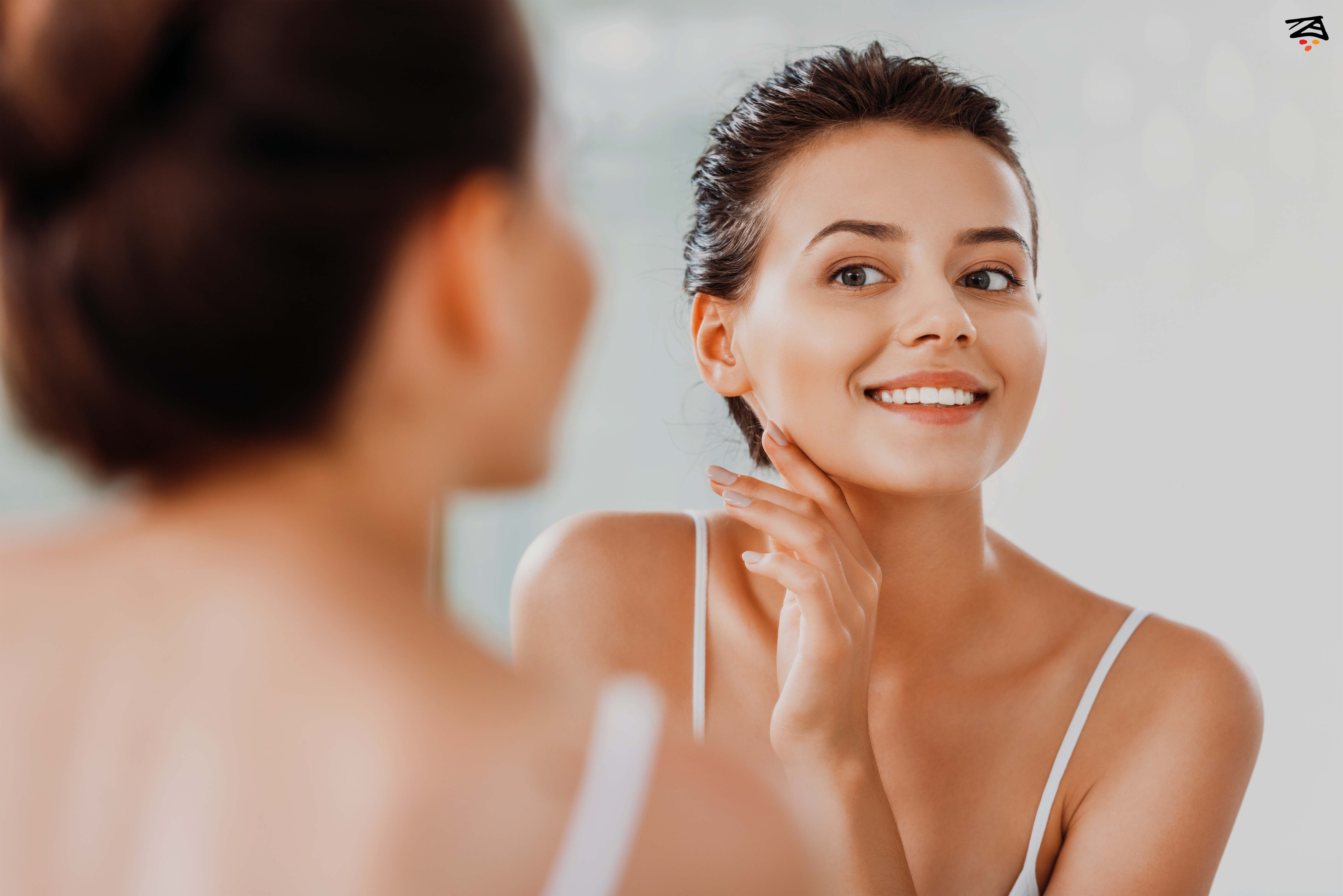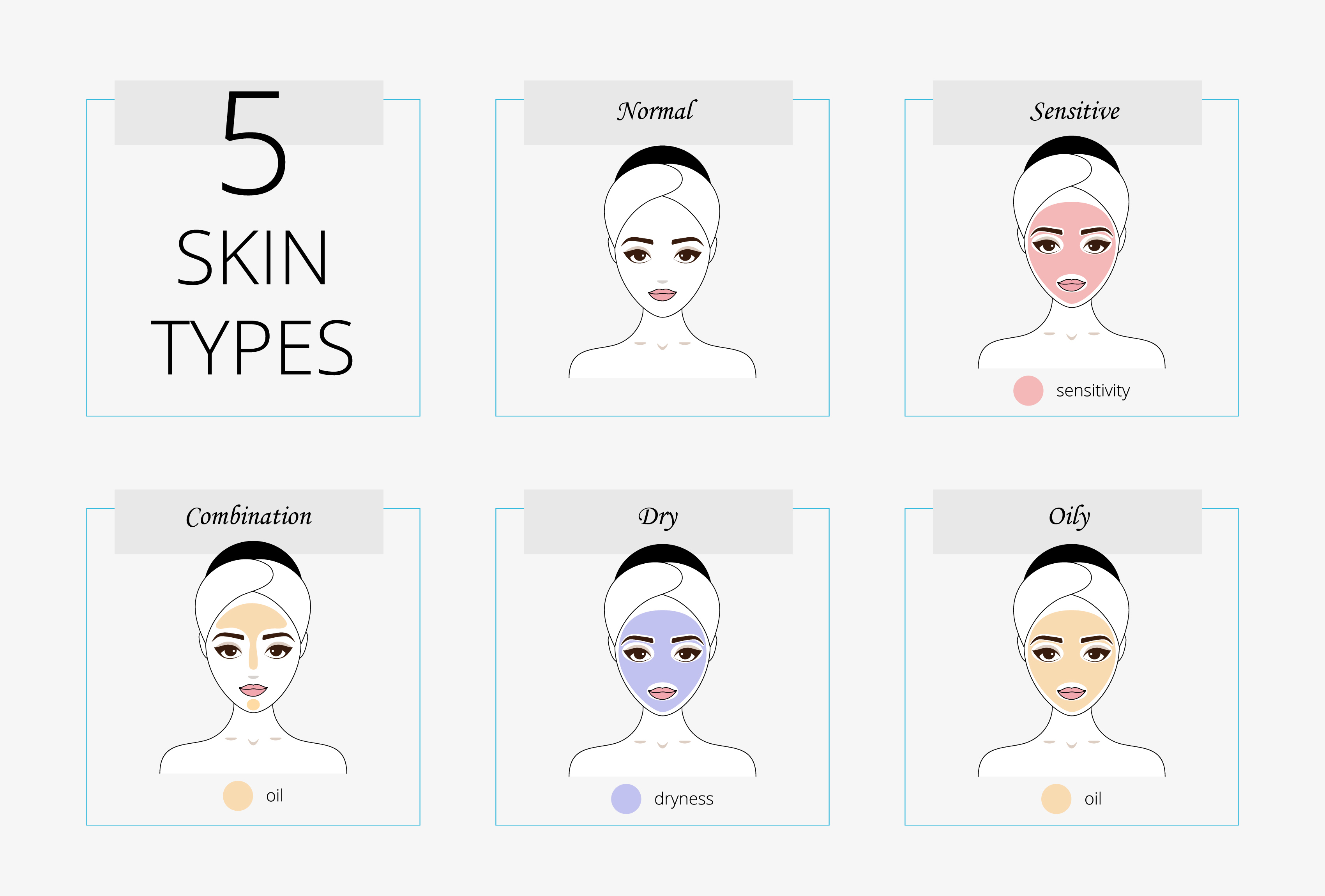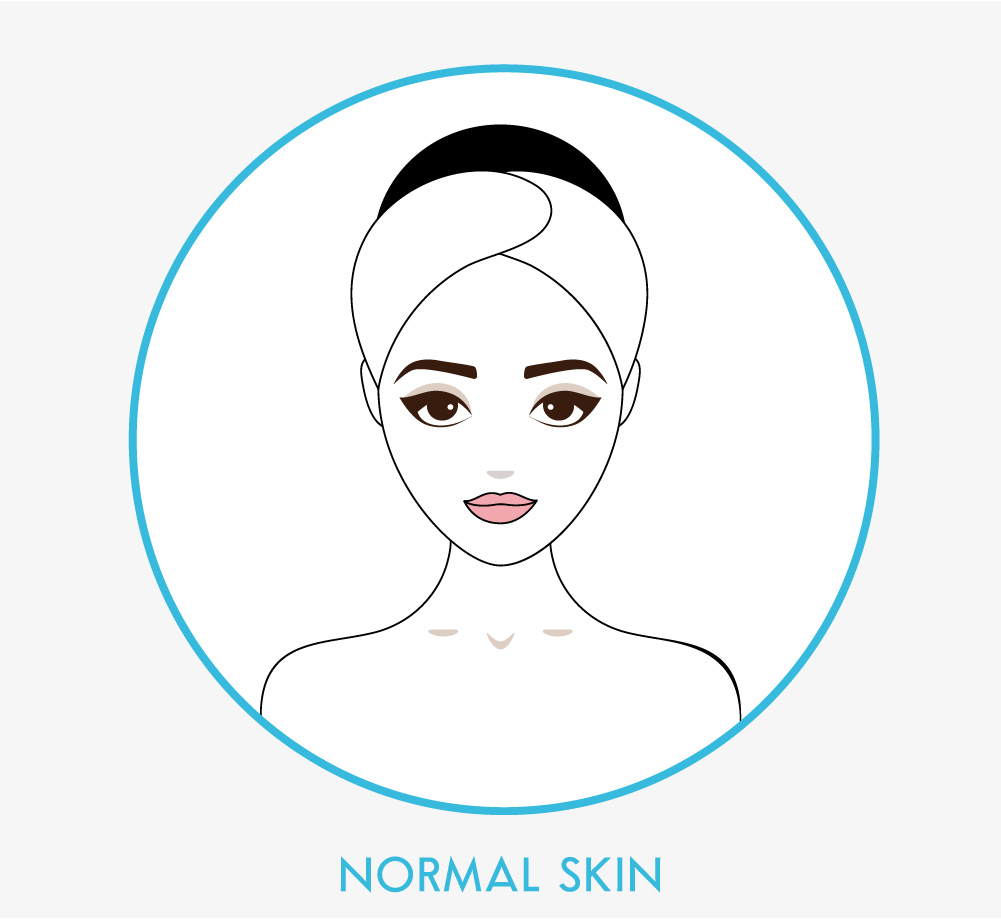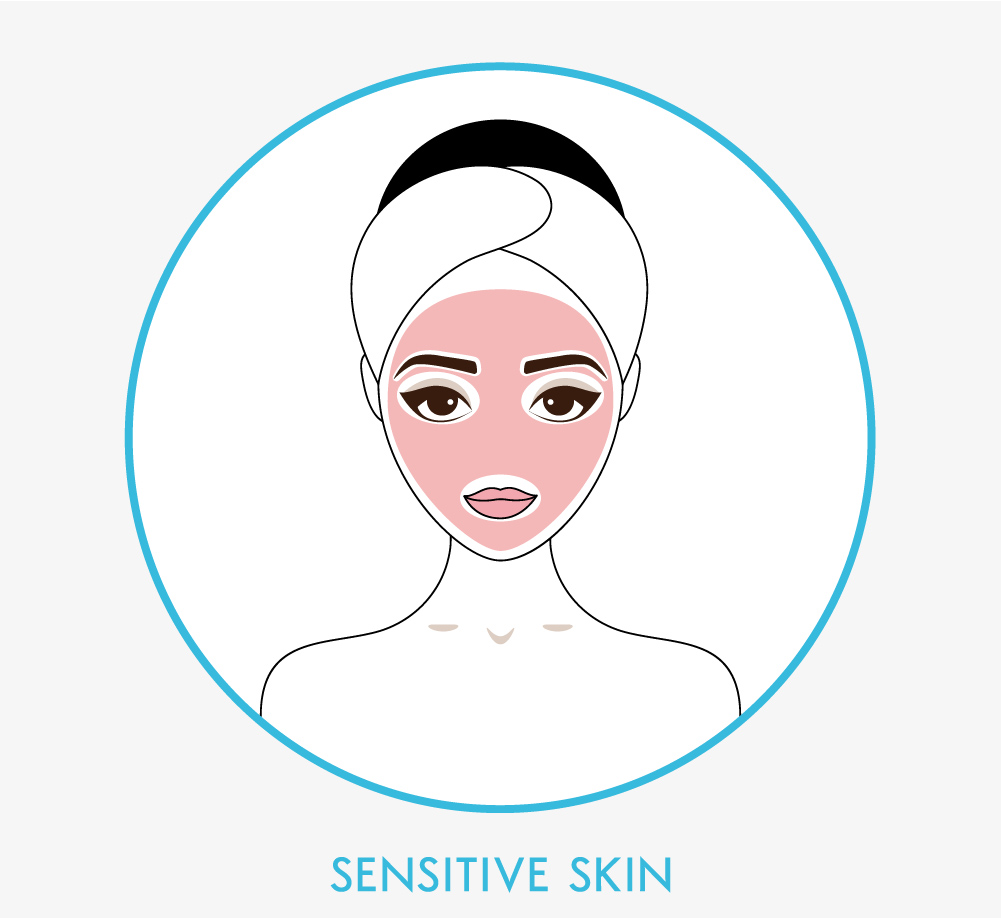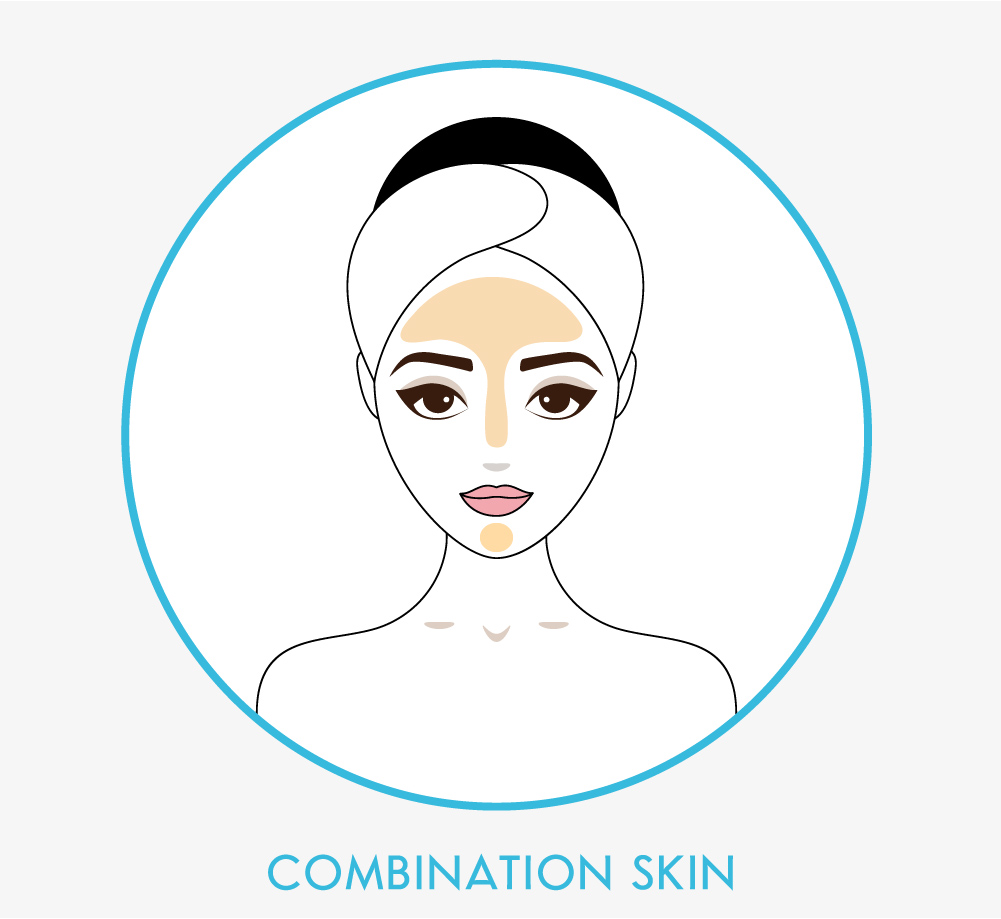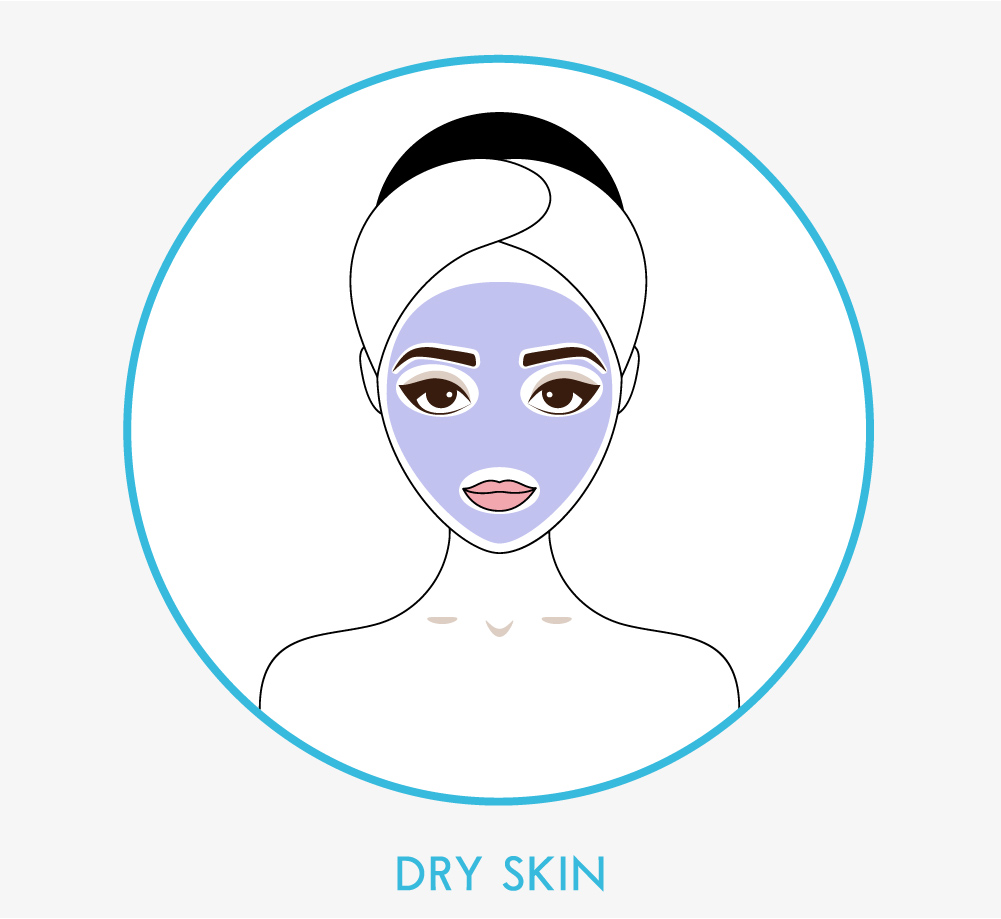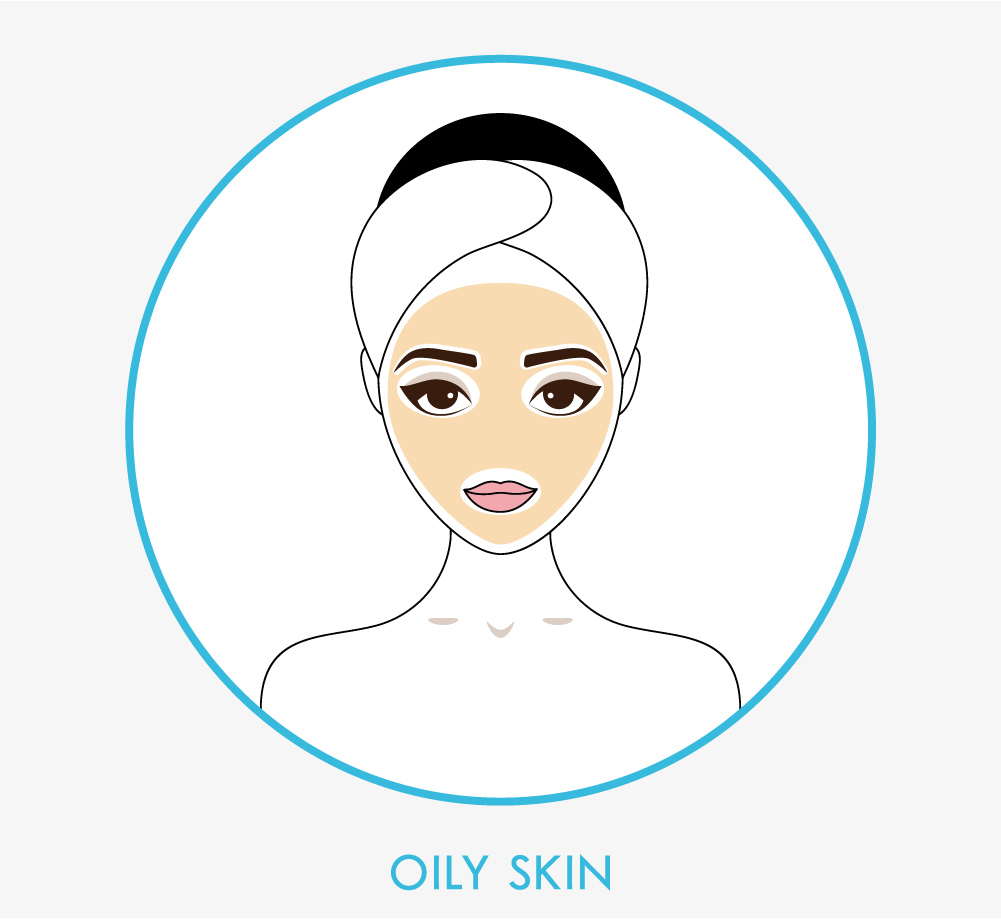- Skin and Body Care
- Cosmetics
- Accessories
-
Articles - Skin & Body Care
-
Skin Care
- Face Care Products for Hot and Humid Weather
- Under Eyes Dark Circles Causes and Treatments
- Which Face Mask Is Right for Your Skin Type?
- Why Do We Women Lose Hair?
- Reduce Acne Scars with Snail Truecica
- 3 easy packs to make hair shine naturally
- Open pores solution at home
- Easily remove black spots on the neck and neck naturally
- Safe skin care for the expectant mother during pregnancy
- Skin Care During Ramadan
- 5 Causes of Oily Skin
- Why You Should Follow the #60secondrule Rule
- Foods That Can Cause Acne
- What is an uneven skin tone and how to prevent uneven skin tone
- You Need These 4 Vitamins for Your Skin
- Stay away from anti-aging in 5 steps
- Why is period acne ?
- What is Sebum, why is it and its solution!!
- How do I know what's my skin type?
- Get fresh skin in 6 ways
- Blackheads vs. Whiteheads Causes and Treatment
- Hand and foot care at home
- How to get fresh and radiant skin even in hot weather
- How to take care of the skin in the rain
- The use of sheet masks in skin care
- Cucumber 10 use in skin care! - RumjumBd
- 5 Ways to Get Rid of Dark Circles!
- The use of ice in skin care! - RumjumBD
- 10 natural ingredients for skin care
- 5 tips to take care of the lips! - RumjumBD
-
Product Review
- The body shop drops of youth eye concentration
- Day Day Sun Cream
- Face Facts Age Defying Day Cream
- Cosrx Aha/Bha Clarifying Treatment Toner
- Cosrx Salicylic Acid Daily Gentle Cleanser
- The Ordinary Hyaluronic Acid 2%
- Skin cafe jojova oil for skin and hair care
- Face Facts Eye Cream Acai Berry
- The ordinary Niacinamide 10% + Zinc 1%
- Boots Cucumber Eye Gel
- The Ordinary AHA 30% + BHA 2% Peeling Solution
- Simple Kind To Skin Refreshing Facial Gel Wash
- Face Facts Brightening Gel Eye Patches
- The Body Shop Vitamin E Eye Cream
- Skin and hair care with aloevera
- Simple Revitalising Eye Roll On
- Some By Mi Aha-Bha-Pha 30 Days Miracle Serum
- Beauty Skin Healing 3D Whitening Clinic Multi Set
- Simple Soothing Facial Toner
- Aveeno Positively Mineral Sunscreen For Sensitive Skin SPF 50
- Aztec Secret Indian Healing Clay Mask
- Beauty Skin Healing Moringa Brightening Cool Soothing Gel
- Nature Republic Soothing & Moisture Aloe Vera 92% Soothing Gel
- Cosrx Advanced Snail 96 Mucin Power Essence
- Boots Cucumber Facial Wash
- Face Facts Vitamin C Eye Cream
- Cosrx Galactomyces 95 Tone Balancing Essence
- Cosrx Low pH Good Morning Gel Cleanser
- Boots Cucumber Moisturising Cream
- Face Facts Antioxidant Clay Mask
- Face Facts Firming Wash Off Gel Mask
- Lanbena Seaberry Vitamin C Eye Cream
- Bioaqua Lip Care Lip Sleeping Mask
- Lanbena Lip Care Serum
- Beotua Natural Plant Sheet Mask
-
Skin Care
- Delivery & Returns
- Secure Payment

